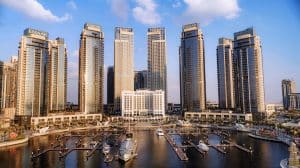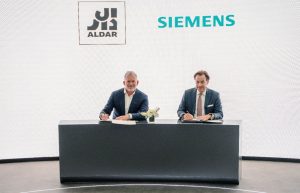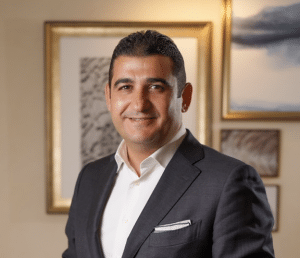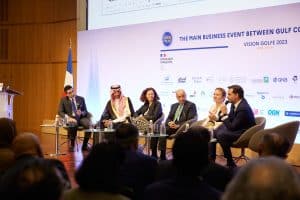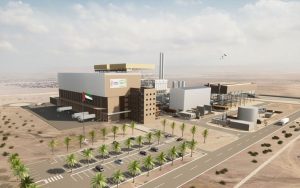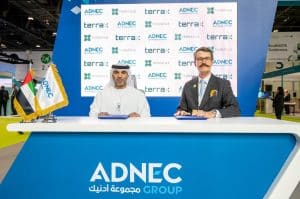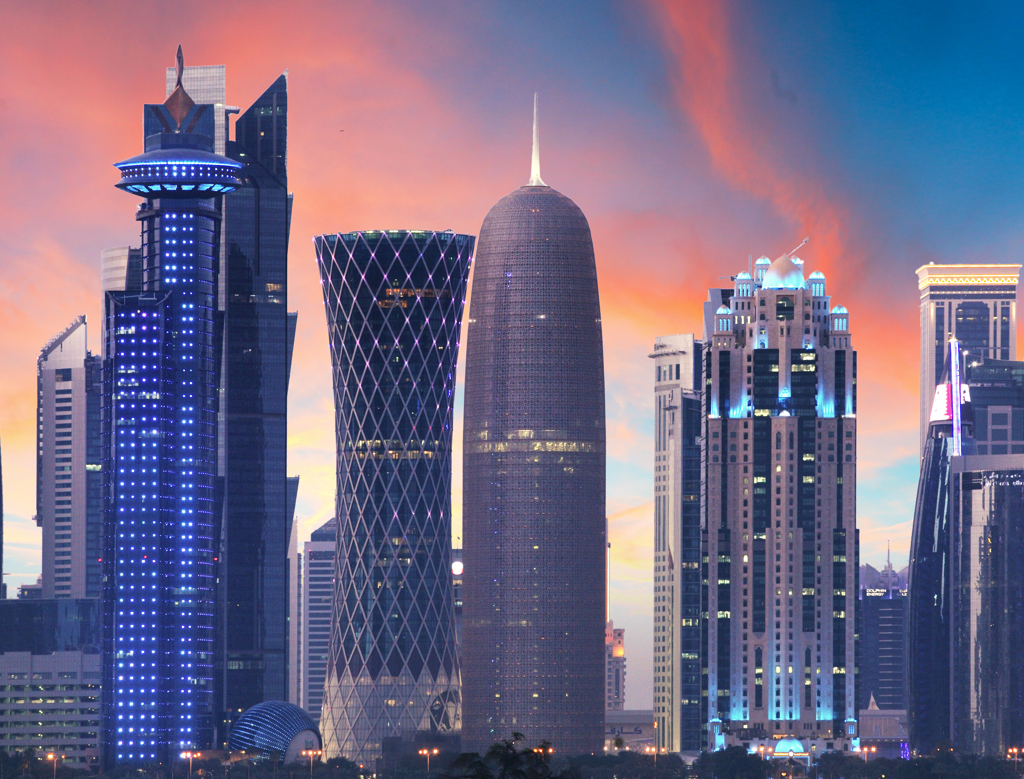
Turner & Townsend has just published its 13th edition of the International Construction Market Survey (ICMS) link which shows record cost escalation across global real estate.
The Middle East gathers pace
While hopes of the pandemic ending were premature, 2021 nevertheless marked the year of economic recovery. The Middle Eastern economies rebounded during 2021 and into 2022, led by a surge in energy prices in Saudi Arabia as global demand for oil and natural gas increased strongly, and widespread air travel returned. The rising cost of oil per barrel has helped create more liquidity for the sovereign wealth funds driving nation-building programmes across the region.
Globally, inflation is one of the leading economic issues on the minds of economists, policymakers, businesses, and the general public at the moment. Inflation rates in the Middle East, however, remain stable. In May 2022, the inflation rate in Qatar had fallen to 4.7 percent year-on-year, while in the UAE, it was 2.5 percent, and in Saudi Arabia, only 2.3 percent.
Construction market resilient despite challenges
There is significant market activity across the Middle East, with most regions experiencing a new wave of landmark projects in 2022.
Saudi Arabia has seen rapid growth in the construction sector, and the market is running hot, with construction costs escalating. Price escalation of imported materials and project delivery constraints is widespread throughout the region. Steel prices have increased globally, while shipping costs have increased five-fold and are unsustainable. As inflationary pressures bite, contractors are starting to feel the impact of claims, cash flow, and supply chain solvency issues. These problems are set to impact the market for the foreseeable future.
UAE construction activity showed an upward trajectory in 2022, and construction costs remain benign. Still, we can expect ongoing fluctuation in the construction costs as global supply chain friction remains a concern.
Qatar experienced its construction boom as final preparations were made for the FIFA World Cup Qatar 2022™. The Qatar market saw a major increase in construction costs driven by the volume of work and supply chain issues.
Oman is steadily building a considerable pipeline to help grow and diversify the economy in 2022/2023.
Major programmes – building the foundation for future growth
Saudi Arabia will remain the most active player in the Middle East construction market. The game-changing giga-projects such as The Red Sea Resort, Neom, the Diriyah Gate, Amaala, King Salman Park and SEVEN entertainment districts will ensure that Saudi Arabia remains the hottest market in the region.
Abu Dhabi will push forward large-scale developments driven by its cultural and infrastructure development agenda. The residential and hospitality sectors remain key focus areas for Dubai, and office fit-outs are also staging a strong comeback.
Qatar will focus on government investment projects like Lusail, Qatar Rail, and Free Zones post-FIFA World Cup Qatar 2022™.
Oman’s construction output is increasing with multiple port developments and the Madinat Al Irfan Development.
The value of going green
Given its climate and geography, the Middle East is an ideal location for renewable energy generation. Several large-scale projects are underway, which will undoubtedly be accelerated by COP28 in the UAE in 2023.
Oman’s green energy plans will help diversify the economy. Oman has ambitious alternative energy plans over the next five years. The country’s utility buyer OPWPC has plans to set up ‘MIS Solar IPP 2025’, the country’s fourth solar photovoltaic [PV] based Independent Power Project. The UAE is currently constructing multiple large-scale solar projects with Mohammed bin Rashid Al Maktoum Solar Park and Al Dhafra. Work on the $5bn hydrogen plant at NEOM has started, as Saudi Arabia aims for 50% renewable energy by 2030. Qatar is also investing in an 800 MW solar generation facility.
Commenting on the future outlook, Hudson Fountain, Head of Real Estate, Middle East, said: ‟ The Middle East construction market has remained stable and presented a positive trend over the last 12 months. Challenges like the pandemic and global inflationary pressures have been a catalyst for change improving how we manage contracts, enhance supply chain resilience, and adopt technology.
A key priority for the industry will be adopting net-zero practices. Reducing capital carbon requires involvement from different stakeholders throughout the value chain. As an industry, we need to move away from the short-term execution and disrupt our thinking to be long-term. As we advance, the success of the Middle East construction value chain relies on fundamental shifts in values, behaviours, knowledge, capability, and processes.‟

